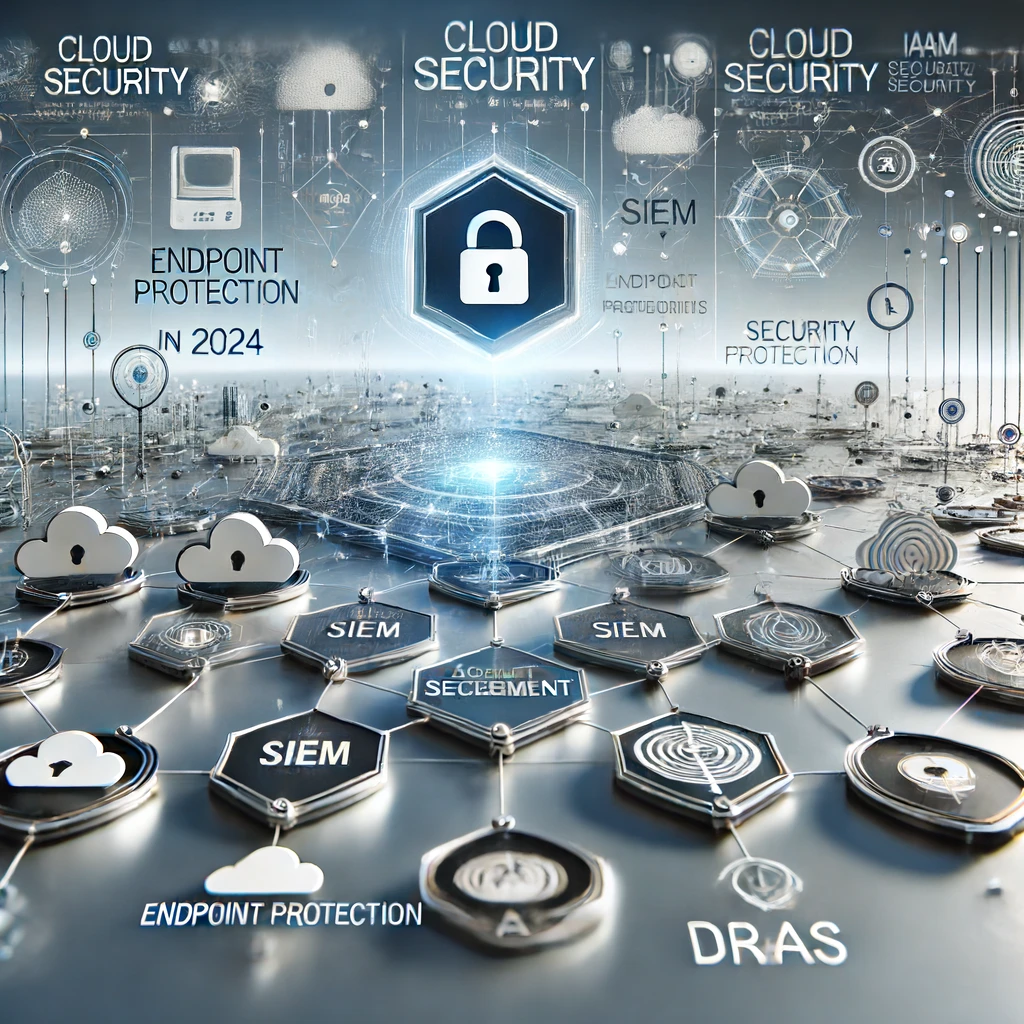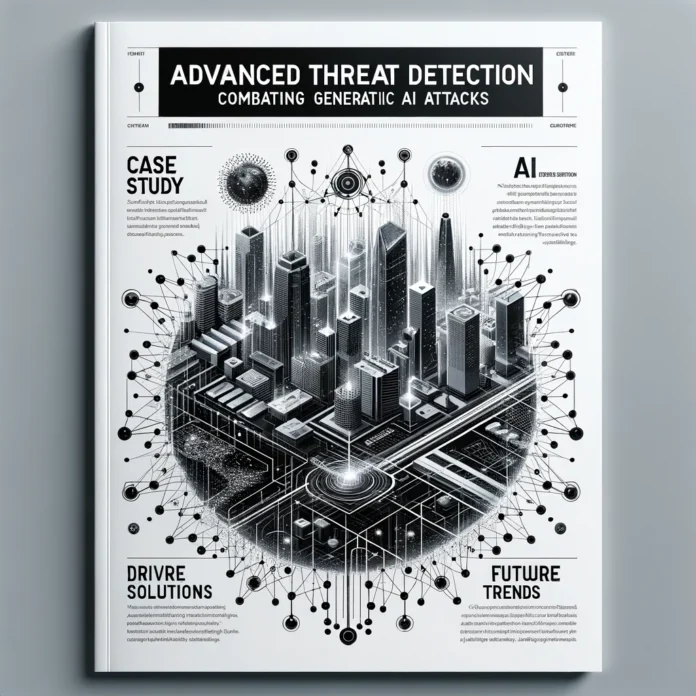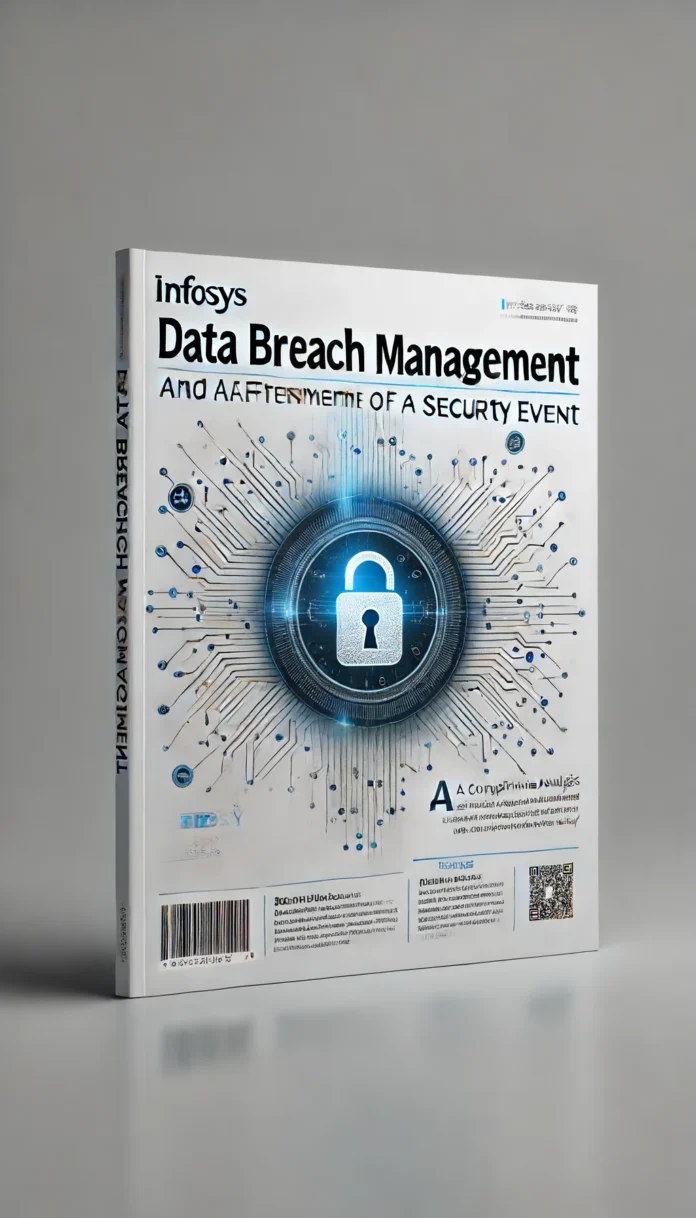In the fast-paced and ever-evolving landscape of technology, startups face unique challenges in managing IT risks. As these burgeoning companies navigate the complexities of digital transformation, safeguarding sensitive data and ensuring compliance with regulatory standards are critical. Startups, often operating with limited resources, must find efficient and cost-effective IT risk management solutions to protect their assets and reputation. This article delves into the best IT risk management solutions for startups in 2024, offering a comprehensive guide to help these enterprises make informed decisions.
The rise of cyber threats, stringent regulatory requirements, and the increasing reliance on digital platforms have made IT risk management a top priority for startups. Effective IT risk management solutions are essential to mitigate potential threats, ensure business continuity, and maintain stakeholder trust. This article explores the latest trends and best practices in IT risk management for startups, providing actionable insights and data-driven recommendations.
Key IT Risk Management Challenges for Startups
- Cybersecurity Threats: Startups are prime targets for cyberattacks due to perceived vulnerabilities and valuable data.
- Regulatory Compliance: Adhering to industry regulations and standards can be daunting for new businesses.
- Resource Constraints: Limited budgets and manpower necessitate cost-effective and scalable solutions.
- Data Protection: Ensuring the security and privacy of customer and business data is paramount.
- Business Continuity: Developing robust disaster recovery plans to minimize downtime and data loss.
Top IT Risk Management Solutions for Startups in 2024
1. Cloud Security Solutions
Overview: With the increasing adoption of cloud services, cloud security solutions have become vital for startups. These solutions offer advanced protection for cloud infrastructure, applications, and data.
Key Features:
- Data encryption
- Identity and access management (IAM)
- Security information and event management (SIEM)
- Cloud workload protection platforms (CWPP)
Example: AWS Cloud Security offers a comprehensive suite of tools for securing cloud environments, including AWS Identity and Access Management (IAM) and Amazon GuardDuty for threat detection.
Statistics: According to a Gartner report, the global cloud security market is expected to grow from $8.25 billion in 2021 to $12.73 billion by 2026, driven by increasing cloud adoption and cyber threats.
2. Endpoint Protection Platforms (EPP)
Overview: EPP solutions safeguard endpoints such as laptops, desktops, and mobile devices from cyber threats. These platforms integrate antivirus, anti-malware, and other security features.
Key Features:
- Real-time threat detection
- Behavioral analysis
- Device encryption
- Automated response and remediation
Example: CrowdStrike Falcon provides advanced endpoint protection through AI-driven threat detection and real-time response capabilities.
Statistics: A study by MarketsandMarkets predicts that the endpoint security market will reach $19.69 billion by 2026, up from $12.84 billion in 2021, highlighting the increasing demand for robust endpoint protection.
3. Security Information and Event Management (SIEM)
Overview: SIEM solutions offer real-time monitoring and analysis of security events across an organization’s IT infrastructure. They provide comprehensive visibility into potential threats and support regulatory compliance.
Key Features:
- Log management
- Real-time analytics
- Incident response
- Compliance reporting
Example: Splunk Enterprise Security is a leading SIEM platform that offers advanced analytics and threat intelligence for proactive risk management.
Statistics: According to a report by Allied Market Research, the SIEM market is projected to grow from $3.94 billion in 2021 to $9.92 billion by 2030, driven by the need for enhanced security monitoring and compliance.
4. Identity and Access Management (IAM)
Overview: IAM solutions help startups manage user identities and control access to critical systems and data. These solutions ensure that only authorized users can access sensitive information.
Key Features:
- Multi-factor authentication (MFA)
- Single sign-on (SSO)
- User provisioning
- Role-based access control (RBAC)
Example: Okta Identity Cloud provides a robust IAM platform with features like MFA, SSO, and adaptive authentication to secure user access.
Statistics: The IAM market is expected to grow from $13.42 billion in 2021 to $34.52 billion by 2028, as reported by Fortune Business Insights, reflecting the increasing emphasis on secure access management.
5. Disaster Recovery as a Service (DRaaS)
Overview: DRaaS solutions offer startups a cost-effective way to ensure business continuity by replicating and hosting critical data and applications in the cloud. These services enable rapid recovery in the event of a disaster.
Key Features:
- Automated backups
- Failover and failback capabilities
- Cloud-based recovery
- Scalability and flexibility
Example: Zerto provides an enterprise-grade DRaaS solution with continuous data protection and automated recovery processes.
Statistics: According to a report by MarketsandMarkets, the DRaaS market is anticipated to grow from $5.04 billion in 2021 to $14.36 billion by 2026, driven by the increasing need for robust disaster recovery solutions.
Conclusion
For startups, implementing effective IT risk management solutions is crucial to navigate the complexities of the digital age. By adopting cloud security, endpoint protection, SIEM, IAM, and DRaaS solutions, startups can mitigate potential threats, ensure regulatory compliance, and maintain business continuity. Staying informed about the latest trends and technologies in IT risk management will empower startups to build a resilient and secure foundation for their growth and success in 2024 and beyond.





